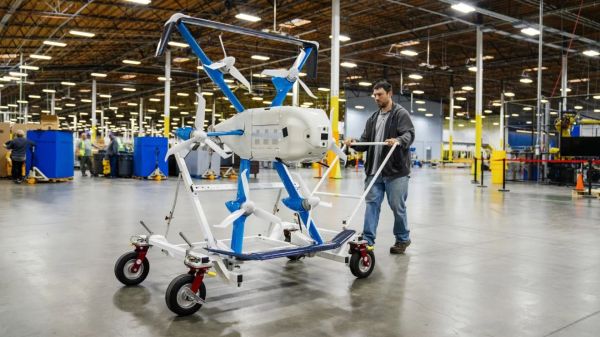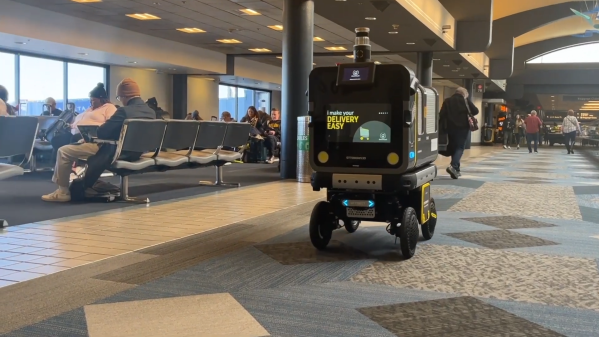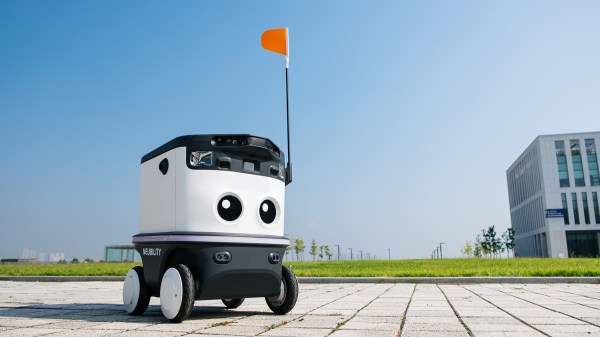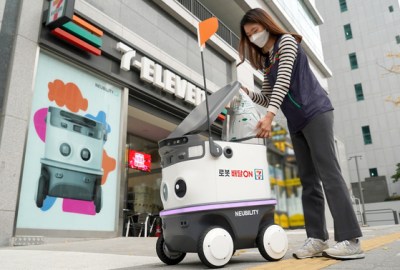It’s been about a decade since Amazon began to fly its delivery drones, aiming to revolutionize the online shopping experience with rapid delivery of certain items. Most recently Amazon got permission from the FAA to not only start flying from its new Arizona-based location, but also to fly beyond-visual-line-of-sight (BVLOS) missions with the new MK30 drone. We reported on this new MK30 drone which was introduced earlier this year along with the news of the Amazon Prime Air delivery service ceasing operations in California and moving them to Arizona instead.
This new drone has got twice the range as the old MK27 drone that it replaces and is said to be significantly quieter as well. The BLOS permission means that the delivery drones can service areas which are not directly visible from the warehouse with its attached drone delivery facility. With some people within the service range of the MK27 drones having previously complained about the noise levels, we will see quickly enough whether the MK30 can appease most.
As for the type of parcels you can have delivered with this service, it is limited to 2.27 kg (~5 lbs), which is plenty for medication and a range of other items where rapid delivery would be desirable.













